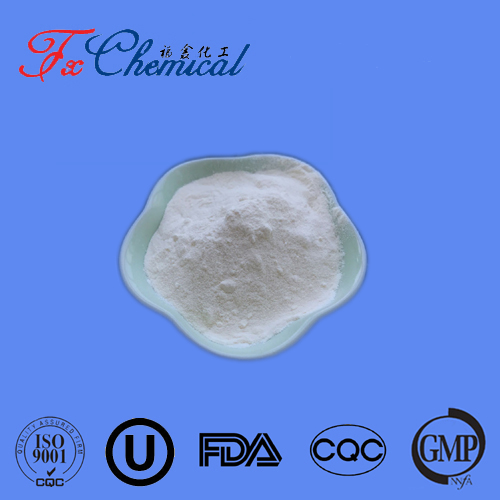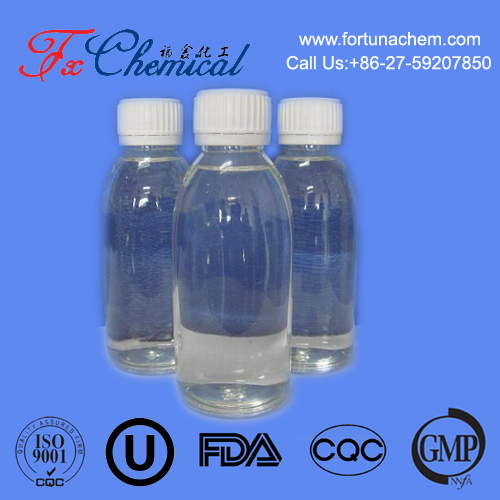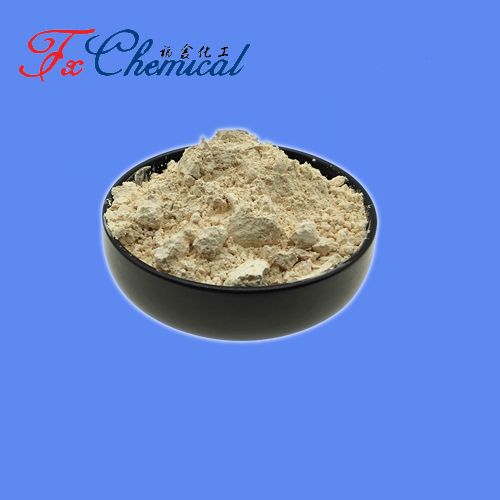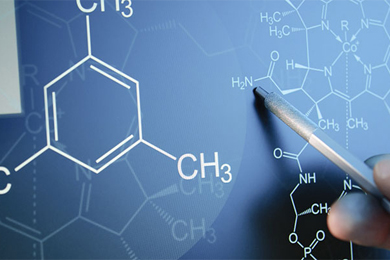
Search

Search

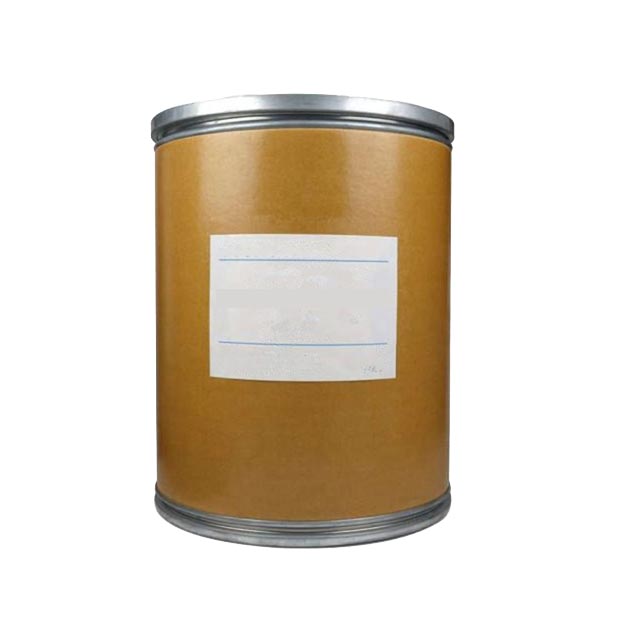

Pyrocatechol Violet (PCV) is a synthetic dye that belongs to the class of azo dyes. It is often used as a colorimetric indicator in analytical chemistry and in certain biological assays due to its ability to change color depending on the pH of the environment or the presence of specific ions.
Chemical Structure: Pyrocatechol Violet is an azo compound with a catechol group (benzene-1,2-diol) attached to a violet-colored chromophore. Its molecular formula is C15H11NO4.
Color: In its acidic form, Pyrocatechol Violet appears violet or purple, but its color can change to yellow or colorless as the pH increases (i.e., in more basic conditions).
Solubility: It is soluble in water and can be used in aqueous solutions.
Pyrocatechol Violet is a versatile chemical dye with several important applications, particularly in analytical chemistry and environmental testing. Below are the primary applications of Pyrocatechol Violet:
pH Monitoring: Pyrocatechol Violet is commonly used as a pH indicator in laboratory settings. Its color changes in response to pH levels:
In acidic conditions (pH < 7), it appears violet/purple.
In neutral to slightly basic conditions (pH 7–9), it turns blue.
In strongly basic conditions (pH > 9), it turns yellow or colorless.
It is used in titrations and as a general tool for monitoring the acidity or alkalinity of solutions.
Detection of Metal Ions: Pyrocatechol Violet is particularly effective in detecting and quantifying metal ions, such as iron (Fe²⁺/Fe³⁺), copper (Cu²⁺), and other transition metal ions. When it reacts with these ions, it forms colored complexes that can be easily measured, typically using a spectrophotometer for precise concentration determination.
Iron Detection: It's especially useful for detecting ferric ions (Fe³⁺), where the presence of iron results in a color change that can be measured.
Pyrocatechol Violet is employed in studies involving metal-ligand interactions (chelation and complexation). It helps in exploring how metal ions interact with ligands, providing insight into the formation of metal complexes. The color change upon complexation is a visual indicator of the binding or association process.
Colorimetric Assays: Pyrocatechol Violet is used in colorimetric methods to analyze various substances. The dye changes color in the presence of certain analytes, and the intensity of color change is proportional to the concentration of the analyte, making it a useful tool in laboratory experiments.
These methods are often used for the quantification of chemical species in liquid samples.
In biochemical assays, Pyrocatechol Violet is used to study the interaction of metal ions with proteins or other biomolecules. It is employed to examine the activity of enzymes or the presence of certain ions or molecules in biological samples.
Its color change properties can indicate specific biochemical reactions or enzyme activities, helping researchers in various experiments.
Water Quality Testing: Pyrocatechol Violet can be used in environmental science to test for the presence of metal contamination in water, including detecting trace amounts of metals like iron, copper, and other pollutants.
It is especially useful in analyzing the quality of groundwater or industrial effluents, where monitoring the levels of specific metals is important for environmental safety.
Pyrocatechol Violet can be used for quality control in the food and beverage industry to measure acidity or pH levels of products. For example, it could be applied to test the acidity of juices, soft drinks, or fermented products.
Pyrocatechol Violet is also used in educational demonstrations to teach students about acid-base chemistry, pH indicators, and colorimetric techniques. Its clear color transitions make it a useful tool for illustrating these concepts in laboratories and classrooms.
pH Indicator: Used in monitoring and titrations, with a color change from violet to yellow as the pH increases.
Metal Ion Detection: Particularly useful for detecting iron (Fe²⁺/Fe³⁺), copper (Cu²⁺), and other metal ions in solution.
Chelation Studies: Used in metal-ligand interaction studies.
Colorimetric Analysis: Applied in quantifying various substances by measuring the color intensity.
Biochemical Assays: For detecting enzyme activity or studying metal interactions in biological systems.
Environmental Monitoring: Helps detect metal contamination in water or soil samples.
Food and Beverage Industry: Monitors acidity levels in products.
Educational Use: Demonstrates pH changes and colorimetric reactions.
In summary, Pyrocatechol Violet is an important tool in chemical analysis, environmental monitoring, biochemical research, and even in the food industry, due to its ability to undergo color changes in response to various chemical conditions or the presence of certain ions.

Fortunachem Provides Not Only Professional Chemical Products But Also Professional Help
Keeping you up-to-date with all the latest information, news, and events about Fortunachem!

Quick Links
Add:
E-mail:
 English
English  Español
Español  français
français  العربية
العربية 